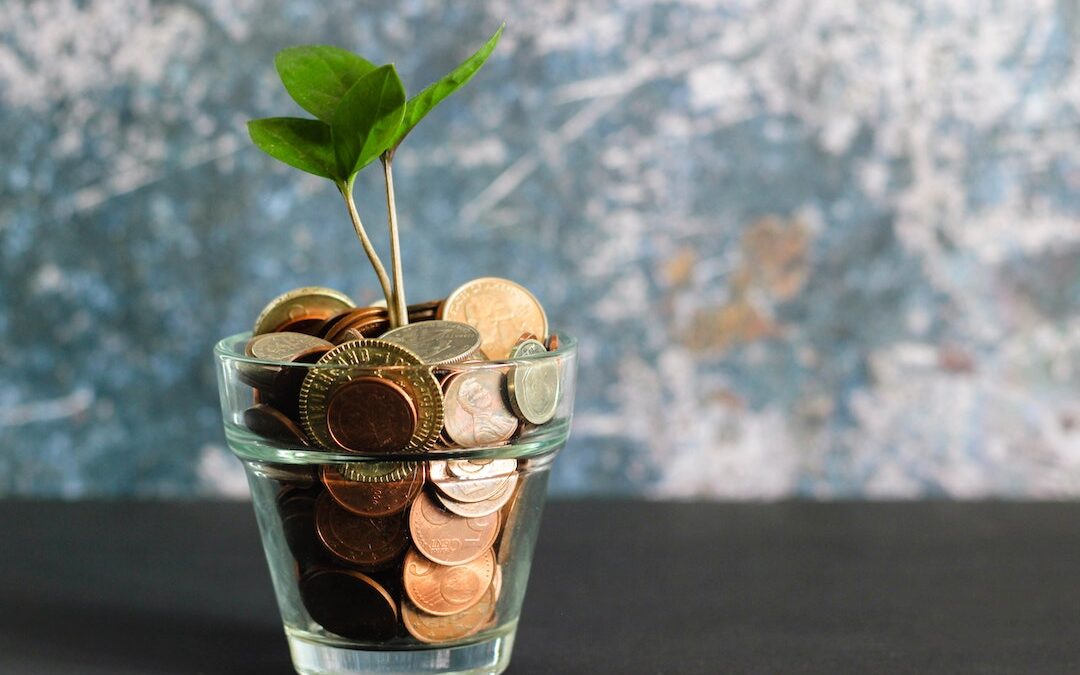Inflation concerns are all abuzz as global economies begin to emerge from the crushing weight of the pandemic. But why is this? asks KOSEC CEO Michael Kodari.
With a faster-than-expected recovery in economic activity, ongoing fiscal stimulus and strong labour markets in Australia, a double-edged sword has emerged — one that’s left experts worried about inflation; not just here but around the globe.
However, as the old saying goes, ‘knowledge is power.’ With that, here are the five things every Australian needs to know about inflation today.

The ABS reported that soaring petrol prices, home building costs and university costs have contributed to the steep rise of inflation.
1. Inflation is at its highest level in more than 20 years
Consumer prices jumped by 2.1 per cent through the first three months of the year, taking annual inflation to new heights. In fact, inflation hasn’t been this high since the introduction of the Goods and Services Tax (GST) in 2000.
In figures that go to the heart of the election campaign debate about the cost of living; the Australian Bureau of Statistics reported that it was a combination of soaring petrol prices, home building costs and university costs that have contributed to the steep rise of inflation.
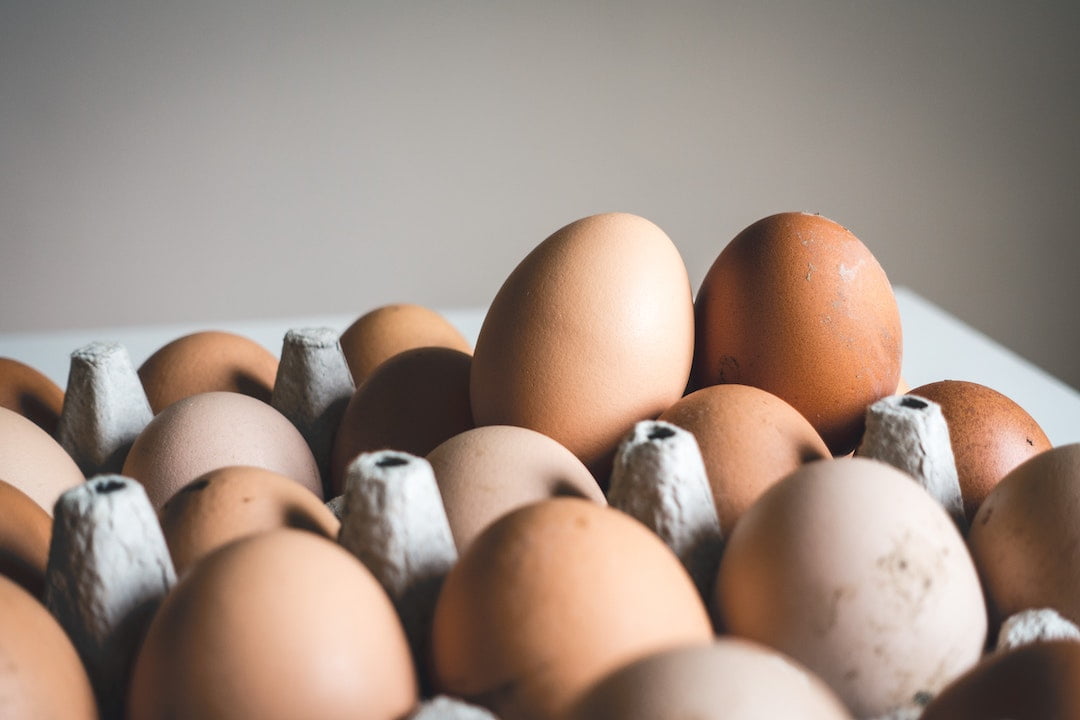
While countries like the US and Germany have higher inflation, the cost of everyday items in Australia, like eggs, tends to be higher.
2. Inflation is still higher in other countries
While Australia’s inflation rate is the highest it’s been in more than two decades at 5.1 per cent; it’s still not as high as other countries across the globe.
The US, for example, is the highest, with an inflation rate of 8.5 per cent. Next highest is Germany (7.4%) and then, the UK (7%). China, however, remains a low 1.5 per cent.
Of course, it’s still important to point out that while countries like the US and Germany have higher inflation, the cost of everyday items in Australia tends to be higher. For example, the average price of a dozen eggs in Australia is $6.44 compared to $4.49 in the US and $3.11 in the UK.
China’s inflation rate is on the low end because its income is also very low, as is the cost of labour. At the same time, it was also in a longer lockdown thanks to the pandemic, so it also hasn’t been spending, representing a stark contrast to Australia.
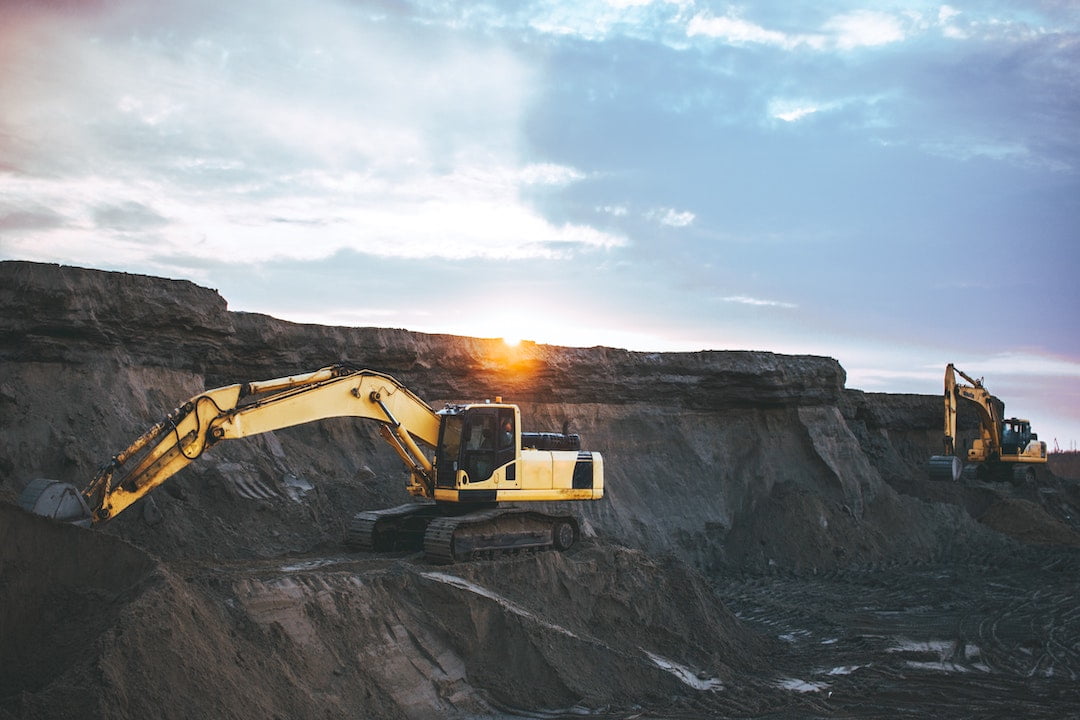
High export volumes and high commodity prices of items like coal result in Australia running a current account surplus with the rest of the world.
3. A double-edged sword has emerged
Unemployment in Australia sits at 4 per cent, meaning there have never been more Australians in a job than at present. Although full employment is generally a positive thing, it’s not without its complexities. Strong economic growth at a time of full employment can lead to higher wages, which in turn creates inflationary pressure. Under these circumstances, the appropriate response by the Reserve Bank (RBA) is to increase interest rates. This is aimed at curtailing consumer demand to a level where inflation is contained within RBA parameters.
Currently, the RBA inflation target band is between 2 and 3 per cent, on average, over time. The 2022 budget forecasts provide for inflation to move 3 per cent in 2023. This, being at the high end of the RBA’s target range, implies higher interest rates from late 2022 and into 2023.
The 10-year Australian government bond yield, heading toward 2.9 per cent in reaction to the Federal Budget, confirms that interest rates are set to rise.
It is important to recognise, however, that interest rates are set to rise for the right reason — a reflection of the confluence of domestic and global events that have recently tilted in Australia’s favour. This includes historically high commodity prices for Australian exports of LNG, coal, iron ore and agricultural products like wheat and beef.
High export volumes have accompanied these high commodity prices, resulting in Australia presently running a current account surplus with the rest of the world. Coupled with full employment, this outcome, while a double-edged sword, is largely positive for all Australians.
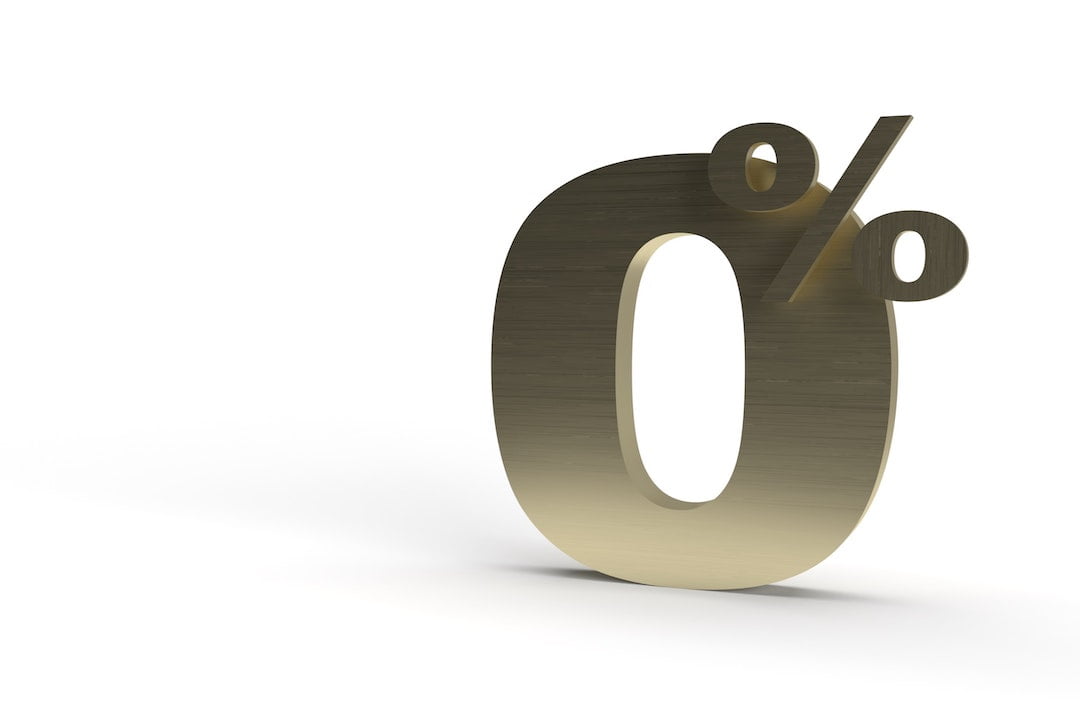
4. Interest rates will hike up soon
Inflation is here and the present near-zero interest rate setting is no longer appropriate. Zero-interest rates may explain the current historically high asset prices, but they don’t justify them. Asset price inflation works for many investors (and homeowners), but it doesn’t do much for economic growth.
Analysts have been warning that the March quarter consumer price index would likely exceed expectations and put pressure on the RBA to start raising interest rates as early as June.
Investors should prepare for this scenario as it unfolds in the weeks and months ahead.

‘Bracket creep’ over the next decade is projected to reduce net debt in 2031-32 by $276 billion.
5. Inflation could drive down public debt
The prospect of 5 per cent-plus inflation, together with historically tight employment markets, will likely increase average tax payments for pay-as-you-earn (PAYE) taxpayers.
It’s been quite a while since the “bracket creep” (as incomes rise, taxpayers pay an increasing amount of tax even though there has been no change in tax brackets) has found its way into the fiscal dialogue, but the likely return of continuing inflation could be the answer to driving down the trillion dollars of public debt.
According to an analysis by the Parliamentary Budget Office (PBO) done last year before inflation came into the picture, bracket creep over the next decade is projected to reduce net debt in 2031-32 by $276 billion, or 8.1 per cent of GDP.
If it were to stay in the current range, that figure would more than double. However, that’s unlikely as monetary authorities plan to use a higher inflation rate as part of the strategy to lift wages.
How long will inflation stick around?
Now the question is, is inflation here to stay? Likely not. As it was born from an unusual circumstance, the aftershock of the pandemic, this period of inflation is not a sign of a chronic situation and will likely resolve itself in time.
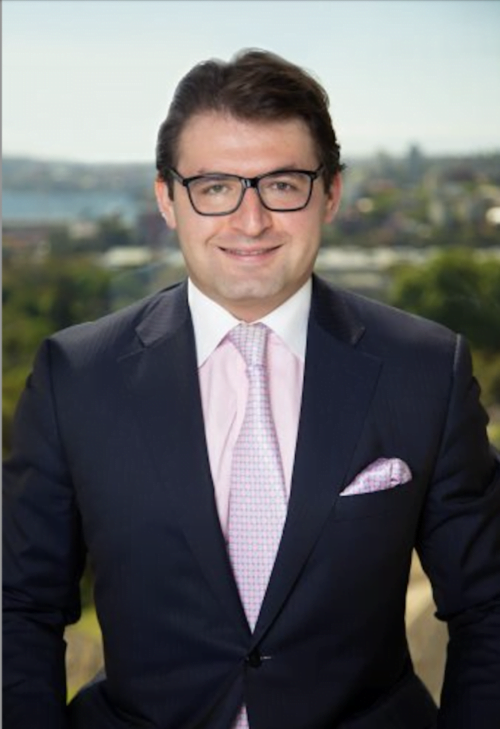
Michael Kodari, CEO of KOSEC – Kodari Securities
Michael Kodari is the Founder and CEO of Kodari Securities (KOSEC), a leading provider of investment services to a substantial and diversified client base, including corporations and ultra-high net worth individuals. With over a decade of experience in funds management and stockbroking, Michael has worked with some of the world’s leading value investors and financial institutions. A philanthropist and a prominent expert in the stock market, CNBC Asia has referred to him as “the brightest 21st century entrepreneur in wealth management”.
About KOSEC
KOSEC – Kodari Securities is a leading provider of investment services to a substantial and diversified client base, including corporations and ultra-high net worth individuals. Established in 2010, KOSEC exists to empower and equip investors with the best investment opportunities, knowledge, tools and resources, as well as providing the highest level of product/service offering to help them make better and more informed investment decisions.
To find out more visit www.kosec.com.au/. To read more articles from Michael Kodari, click here.

